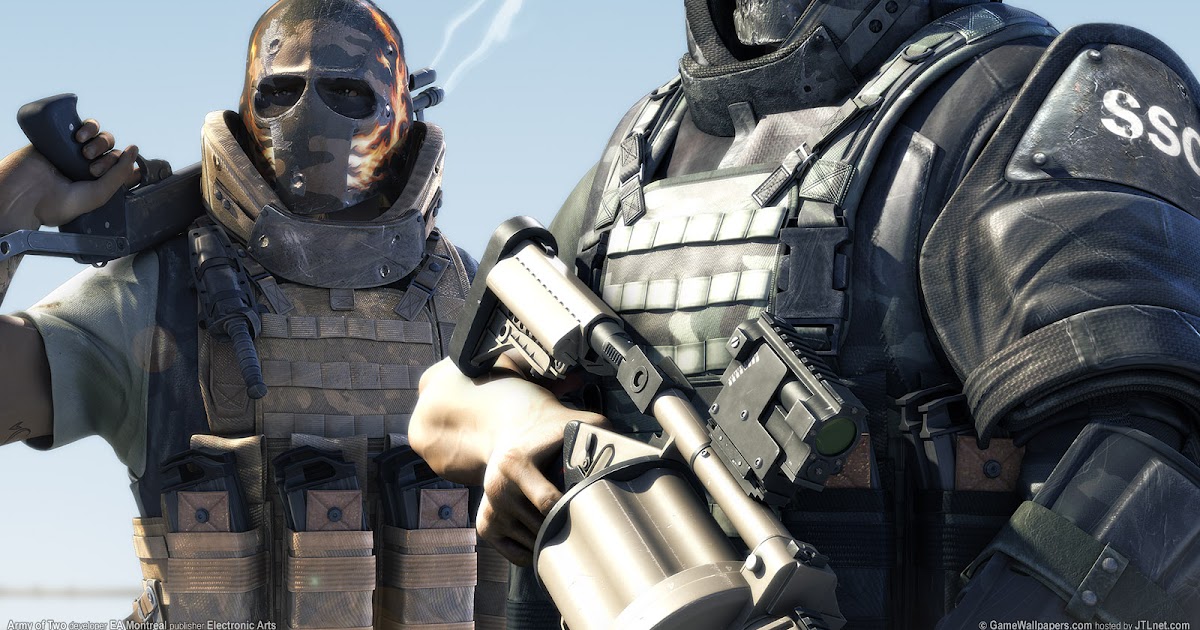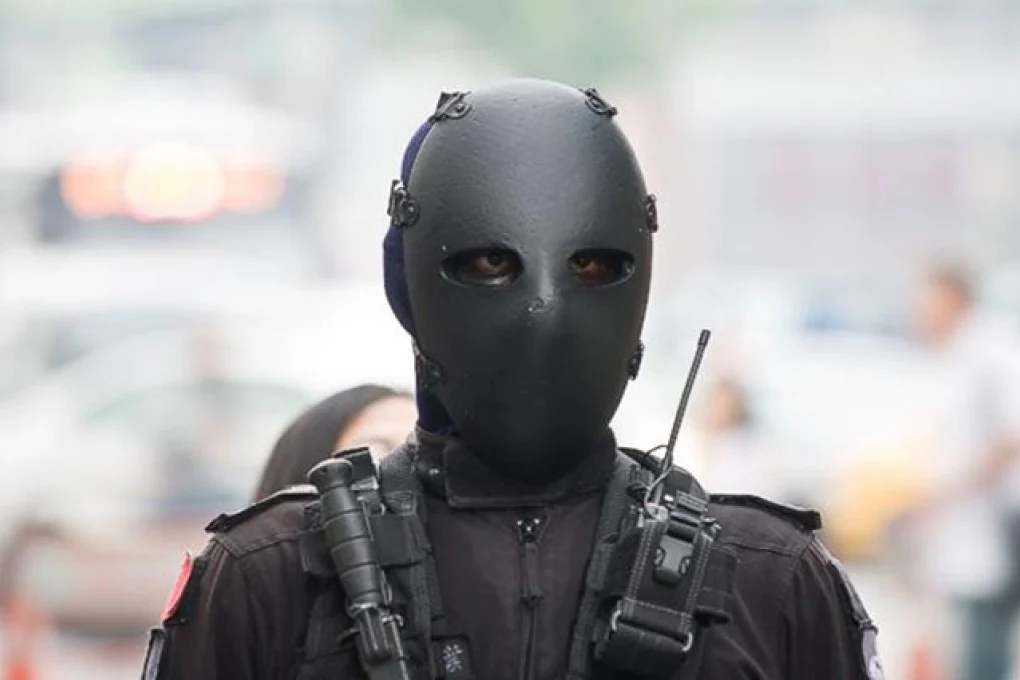How To
Do Ballistic Masks Work?
Ballistic masks are becoming increasingly appealing to certain types of law enforcement and military units around the world. While they haven’t commonly been used by conventional forces, bulletproof masks have been around for centuries in some form.
In fact, medieval armies sometimes used masks for protection against sword attacks, hand grenades and daggers. On top of offering protection, these masks instilled fear into the wearer’s enemies.
As firearms increasingly took centre stage as the weapon of combat, protective masks became stronger and stronger over the centuries. The Allies tested steel-plated masks during WWI, though with limited success. Since the 80s, though, certified ballistic masks have been available.
So, why haven’t they been adopted on a widespread scale? Do ballistic masks even work?
At The Survival Island, we’re a team of survival and wilderness experts that sources the highest-quality defensive equipment from the far corners of the globe – and you can feel confident in our expertise when it comes to tracking down the best gear.
With that in mind, let’s dive deeper into ballistic masks and see just how effective they really are.
What Is a Ballistic Mask?
Also known as a bulletproof mask, ballistic masks are designed to protect the user from gunfire and physical attacks. Some masks offer partial protection and should be worn with a helmet, while others offer full-face protection.
Most ballistic masks are around one centimetre thick, made from multi-layered, densely woven para-aramid materials such as Teijin Twaron or, more commonly, DuPont Kevlar. This allows them to ‘catch’ incoming projectiles and dissipate the energy throughout the mask to minimise the direct impact on the face and skull.
We’ll have a look at how effective ballistic masks are in a minute. First, a quick look at the different types available.

Types of Ballistic Masks
Most bulletproof masks fall into two core categories:
Half-Face Ballistic Masks
Half-face masks offer partial protection, extending from just below the chin to the hairline. As these masks leave your forehead exposed, they’re usually worn in conjunction with a helmet (which often provides more robust protection to the skull than most masks can).
Full-Face Ballistic Masks
Full-face masks extend all the way from below the chin right to the top of your head, providing full forehead coverage. However, these masks can leave the back of your head exposed and cannot be worn with a helmet. In some situations, they offer more practicality and manoeuvrability than a mask-helmet combo.
Ballistic Masks: Key Features
The technology and materials behind ballistic masks have evolved in leaps and bounds over the past few decades. Here are some of the key features you can expect from the latest range of masks:
Appearance
Ballistic masks aren’t just designed to be practical; they’re also engineered to look intimidating, just like they were all those centuries ago when worn by Samurai warriors.
The imposing appearance of a ballistic mask can serve to distract or intimidate opponents, which can be particularly useful when it comes to close-range combat.
On top of making the wearer appear undeniably fierce, ballistic masks can also conceal your identity. This can protect both the wearer and potentially their close ones from retaliation. If your identity is concealed, you may perform with more confidence in the field.
Shock Absorption
Compression padding on the interior of the ballistic mask helps absorb impacts and dissipate the energy evenly. Moreover, the gap between this padding and your face helps to keep you cool. This means that not only are modern masks comfortable, but they’re also designed to take a hit while keeping you safe.
Mounting System
Ballistic masks are attached using elasticated straps fitted around the outer edge that extend all the way around your head, which keeps them snugly in place. Each of these individual straps is adjustable, and they even allow you to wear equipment such as balaclavas, glasses and communication gear underneath.
Specifications
Most bulletproof masks are around 10 mm thick and weigh between 1.2 lbs. and 2.2 lbs., with the heavier masks often providing more ballistic protection.
So, now you know exactly what ballistic masks are, it’s on to the big question – do they work?

Are Ballistic Masks Effective?
While many ballistic masks serve their purpose highly effectively, it’s worth noting that no form of body armour is completely bulletproof or impervious to serious damage. It might be more accurate to call ballistic masks bullet-resistant than bulletproof. However, these masks can still save your life and protect you against many different types of rounds.
NIJ Ratings
Due to weight and practicality limitations, ballistic masks are considered a type of soft armour. Provided you purchase certified masks from reputable suppliers like The Survival Island, you can feel confident that they will almost certainly stand up to their protective capabilities as defined by their NIJ rating.
Given that almost all ballistic masks are made from soft armour materials, they tend to be classified by the NIJ as either Level IIA, Level II or Level IIIA (in ascending order of higher protective capabilities).
Most modern ballistic masks produced today fall into the latter category, Level IIIA. Masks with this rating have been proven under strict laboratory testing conditions to withstand up to half a dozen rounds from most handguns as powerful or less so than a .44 Magnum.
However, just because a mask will stop a bullet doesn’t mean the wearer will walk away unscathed.
Real-World Risks
A bullet carries immense energy, and while the soft armour of the mask can absorb and dissipate much of it, the remaining force will still likely be enough to result in minor or potentially even severe injuries to the face. Factors such as range, round type and angle of the shooter play a significant role in the severity of any injuries caused by the bullet’s impact.
That said, while a direct hit could result in fractured facial bones, a ballistic mask could still enable you to walk away from a near-miss situation with your life intact.
Who Wears Ballistic Masks?
Ballistic masks are most commonly used by militaries, often by turret gunners that operate with their heads exposed and limited personal mobility. They’re also commonly worn by overwatch and sentry duty personnel. Select military groups such as special forces may also use ballistic masks for tactical missions.
Law enforcement officers also use ballistic masks for tasks including high-risk narcotics busts, warrant executions, hostage rescues and riot control. However, as ballistic masks have an imposing and intimidating appearance, law enforcement officers that work in the community tend to avoid using them.
Increasingly, ballistic masks are being worn as items of ‘tacticool’ gear among paintball and airsoft enthusiasts. However, civilian use of body armour and masks is restricted in many countries.
Browse Our Range of Ballistic Masks
Whether you’re in law enforcement, the military, security or professional paintballing, we’re bound to have ballistic masks that meet your specifications in our vast collection.
At The Survival Island, we source the highest-quality tactical gear, wilderness and survival gear from the most innovative manufacturers across the planet. We also stock countless masks that have withstood the rigorous testing conditions of the NIJ.
If you have any questions about ballistic masks, whether it concerns their specifications or legal uses, don’t hesitate to contact us. Alternatively, order your mask online, and we’ll ship it out to you in no time.

